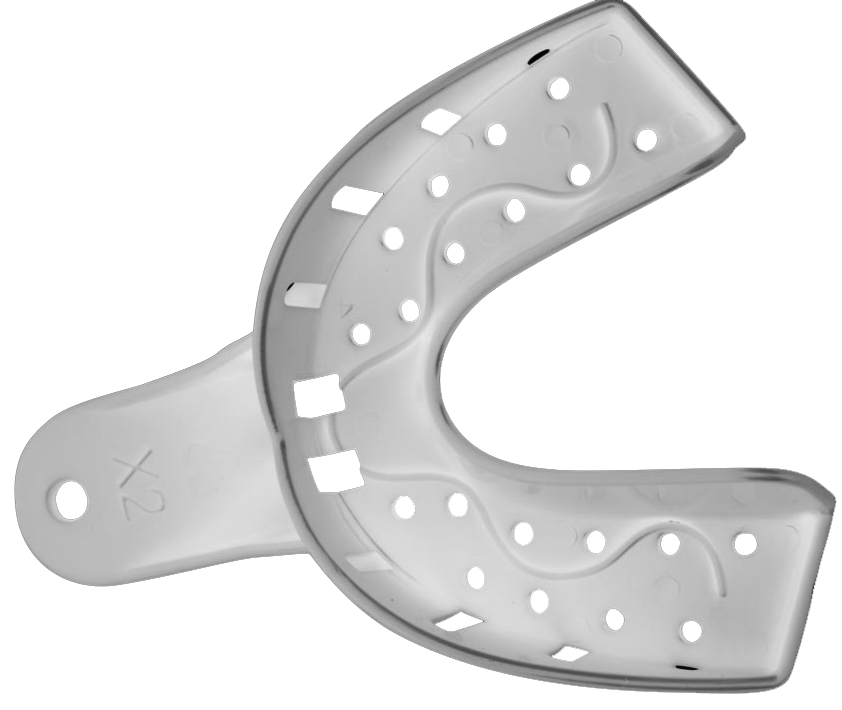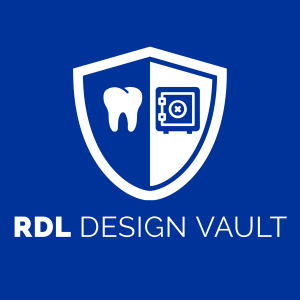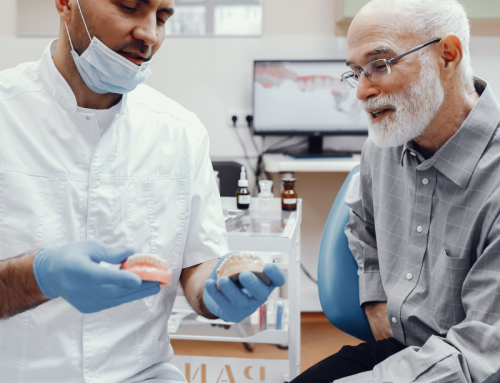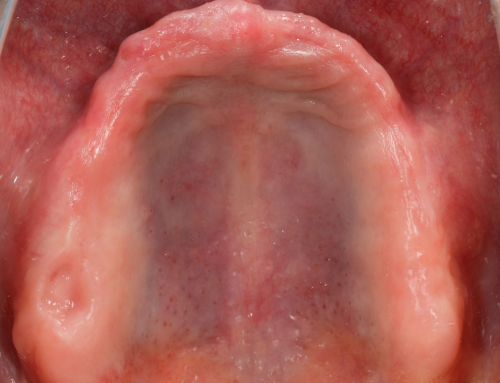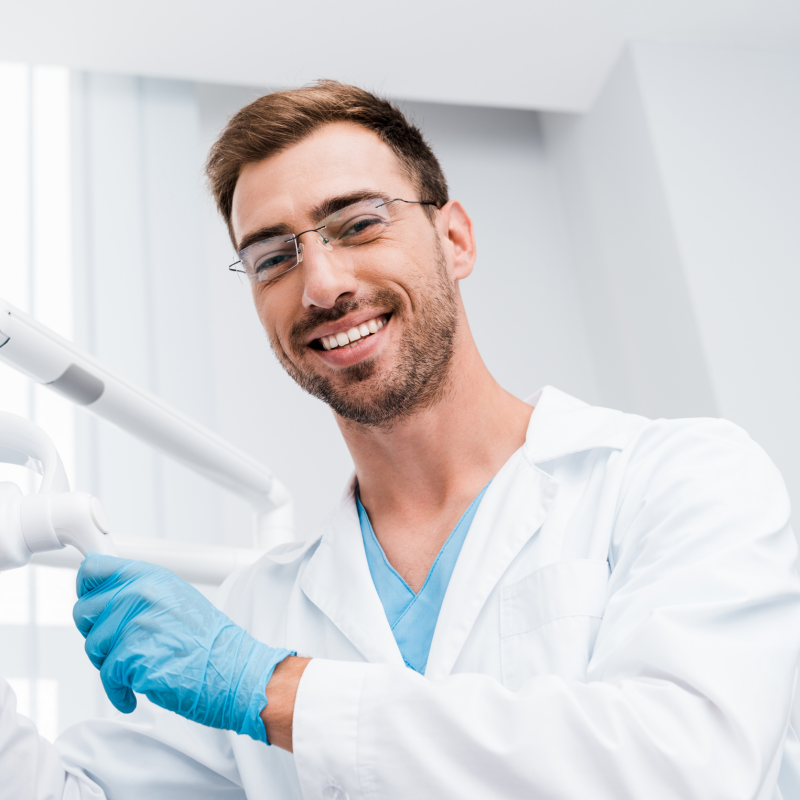Traditional Impression to Digital Denture, Wax Rim Only (EN1-P) (3 Visits)
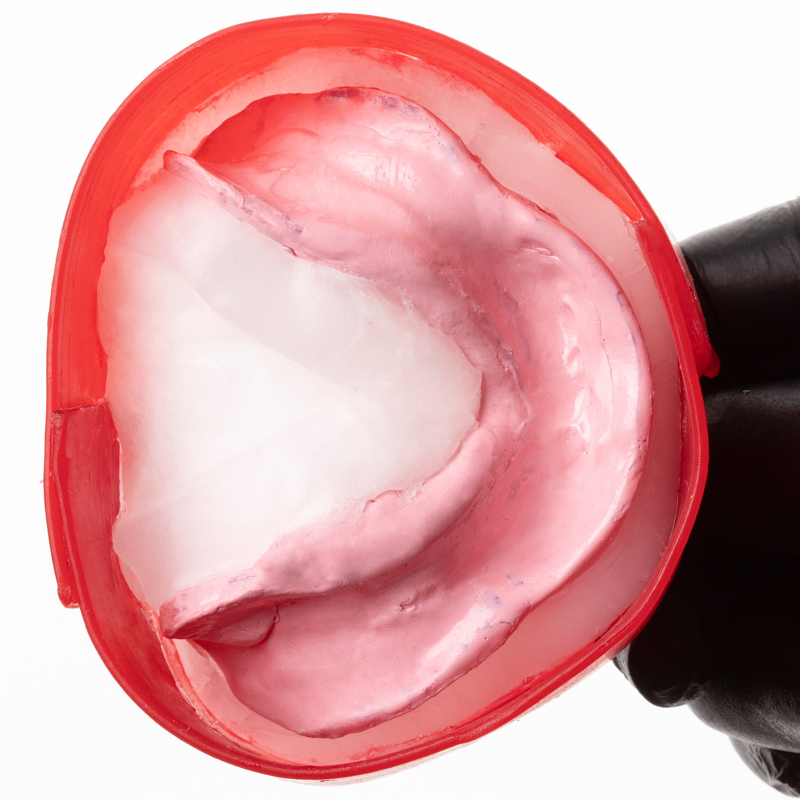
The edentulous patient sitting in your chair needs a new denture, doesn't have one now, and needs it done ASAP. You don't have a scanner. This is the workflow for you.
Patient Identification
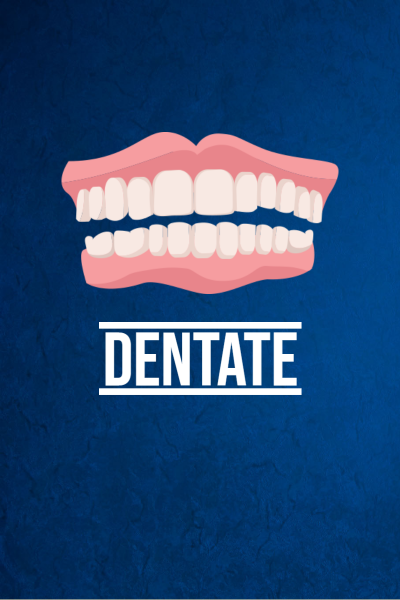
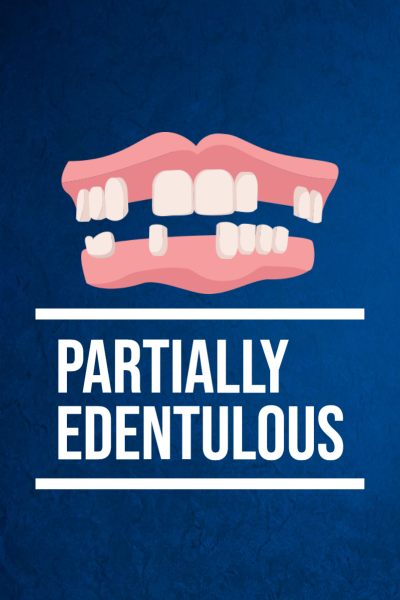
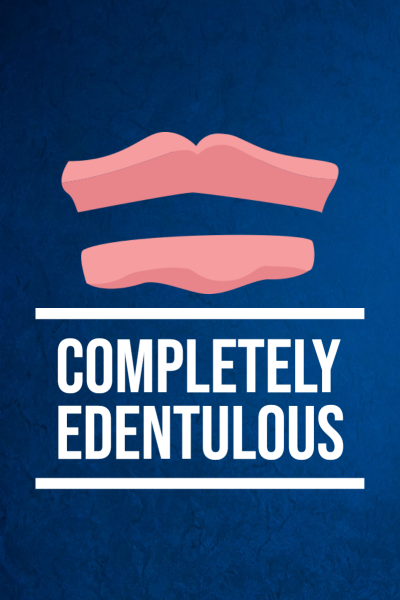
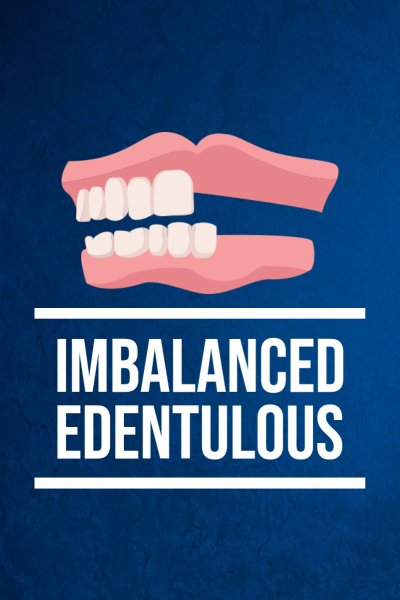
Benefits of This Workflow
This workflow will minimize the number of chairside visits necessary to complete the patient’s new denture. We can decrease the chair time by one complete visit by carefully following this workflow.
Clinical and Lab Goals
Indications & Contraindications
Setting Patient Expectations
Before you begin, explain to the patient that this workflow might be different than they’ve had in the past, but we’ve had great success with getting a denture for patients faster, with less chair time, by following this routing.
The patient should understand that this new denture, even though it functions the same, is a big upgrade in technology from their existing denture.
This allows you as the clinician to be seen as more savvy than other clinicians they’ve dealt with.
First Clinical Visit
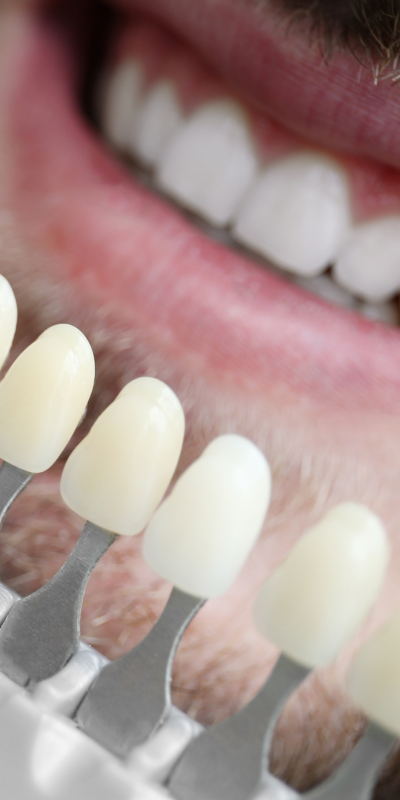
In this visit, you will capture the key diagnostic impressions needed to complete the case
Talk with the patient about what they want to see specifically in their new denture. Please record any relevant information to the Patient’s Rx.
- Shade of Teeth for New Denture
- Impression of Edentulous Arch(es)
- Capture Opposing Arch
First Laboratory Procedure
Once received in to the laboratory and correctly recorded, we will fabricate a occlusal rim for the patient to assist you chairside in recording the patient’s vertical.

Second Clinical Visit
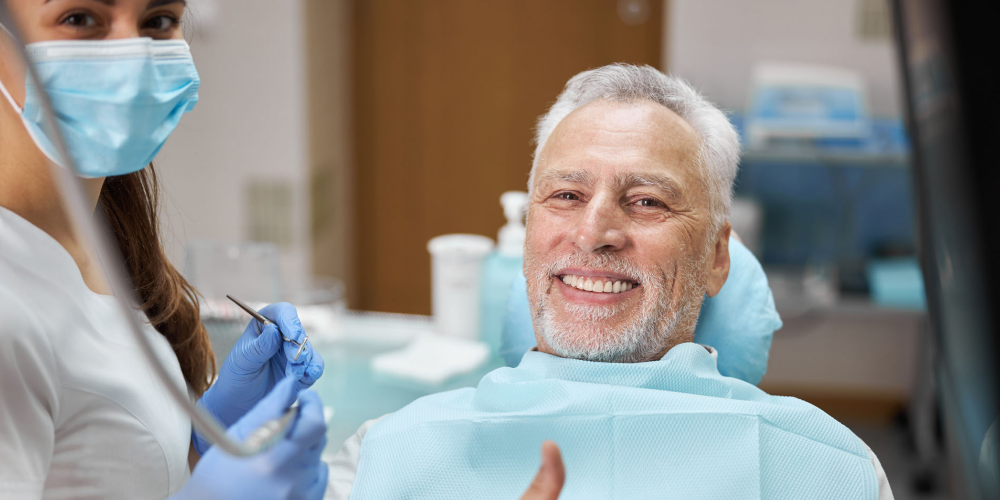
Try-In of Wax Record
As with any wax rim, you will be evaluating:
- midline
- horizontal plane
- smile line
- shade
- shape of teeth
- long axis of anterior teeth
- Modify wax rim to appropriate vertical
- Record bite
Second Laboratory Procedure
Once returned to the lab RDL’s Design Team will take your measurements and suggestions (if there are any) and design your patient’s new Digital Denture.
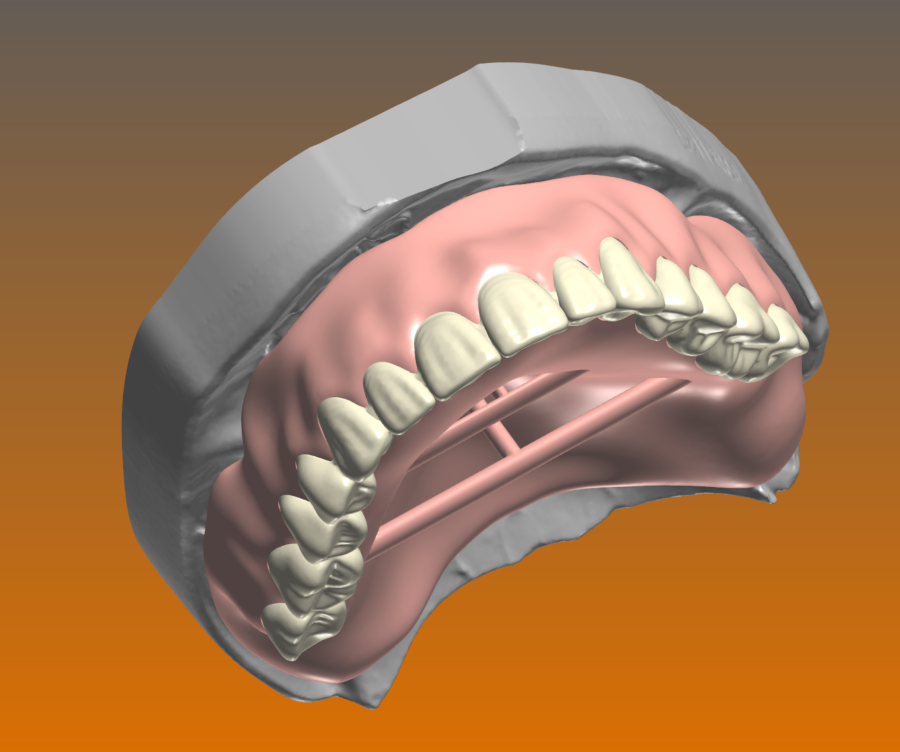
Final Clinical Visit
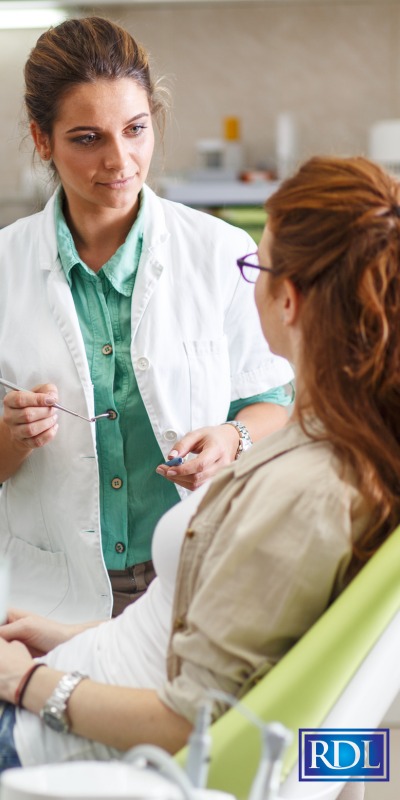
Delivery
The patient’s new, digitally designed and fabricated denture should be ready for delivery with minimal adjustments after extractions. The new digital record can be used as a reference for the patient’s final denture down the road, and will provide the lab with more diagnostic information than if we had followed traditional impression procedures.



